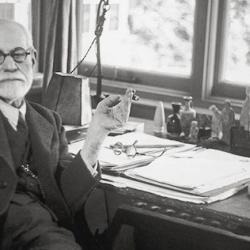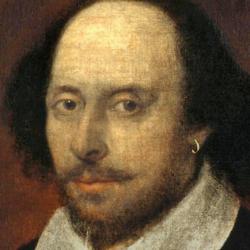Some notes from an upcoming lecture on Richard III, drawn from Thomas Costain’s popualr history, Last Plantagenet, with additional details from Peter Saccio, Shakespeare’s English Kings.
Shakespeare’s first tetralogy covers an especially tumultuous period in England’s history. Henry VI’s reign was split into two parts. His armies were defeated at Towton by Edward of York, son of Richard, in the bloodiest battle ever fought on English soil. Henry didn’t even show up to the battle; it was Palm Sunday and he spent the day in prayer.
Edward became Edward IV. The first part of his reign was unsettled, largely because of the machinations of the Earl of Warwick, known as the “Kingmaker.” Edward got married secretly to Elizabeth Woodville, disrupting Warwick’s plans for a marriage to a French princess. Warwick had helped Edward gain the throne, but he turned against him and began siding with Margaret, Henry VI”s energetic, unforgiving, vengeful wife.
Margaret’s son, Edward the Prince of Wales, joined with Margaret to restore Henry VI to the throne, assisted by Warwick. Edward the Prince had married Anne Neville, Warwick’s daughter, so Warwick’s support for Edward was also advancing the ambitions of his own house.
Edward was suppressing an uprising in the north when Warwick invaded from France; it was a distraction set up to get him out of the way. Edward saw that he had little hope of defending his throne and he fled to Holland. Henry VI, who had been in the Tower, was restored to the throne.
It lasted only five months. Edward returned to England, joined by his brother Richard (Richard III) and by Clarence, who had for a while defected to Warwick. During the battle of Barnet, Warwick was killed and Henry VI was returned to the Tower.
Margaret was convinced to keep fighting, and the Lancastrian forces met Edward at Tewkesbury. Prince Edward was killed and Margaret captured. Richard did not kill Edward, as Shakespeare says. Henry VI died shortly after Edward got to London, whether by natural causes or by assassination is unknown. Margaret was sent back to France, where she remained for the rest of her life (Shakespeare brings her back to England for his play).
During Edward’s reign, his brother Clarence was a nuisance, and eventually executed. Perhaps he was executed by being drowned in a vat of malmsey, as Shakespeare describes, but Richard wasn’t responsible for his death. Edward himself was the chief witness against his brother at his trial.
When Edward died, one of his sons should have taken the throne. There were two, Edward and Richard, and the former was crowned Edward V. He was still a boy, and so Richard, who had spent the reign of Edward IV governing in the north, became Lord Protector. But shortly after Edward and then his sons were declared to be bastards, and therefore unfit to take the throne. Richard of York became Richard III. The boys were sent to the Tower and disappeared forever. Their death is one of the great mysteries of English history.
Shakespeare depicts Richard’s ascent to the throne as the product of naked ambition and superhuman cunning. That doesn’t fit what we know about Richard, who was content to serve his brother throughout his reign. Some have suggested that he acted out of patriotic duty, knowing that the reign of a minor would likely spark another civil war. Others have suggested that he had gotten a taste of rule, and resented being passed over. Whether he was responsible for the deaths of the princes is still debated, though it seems most likely that he had some hand in the business.












